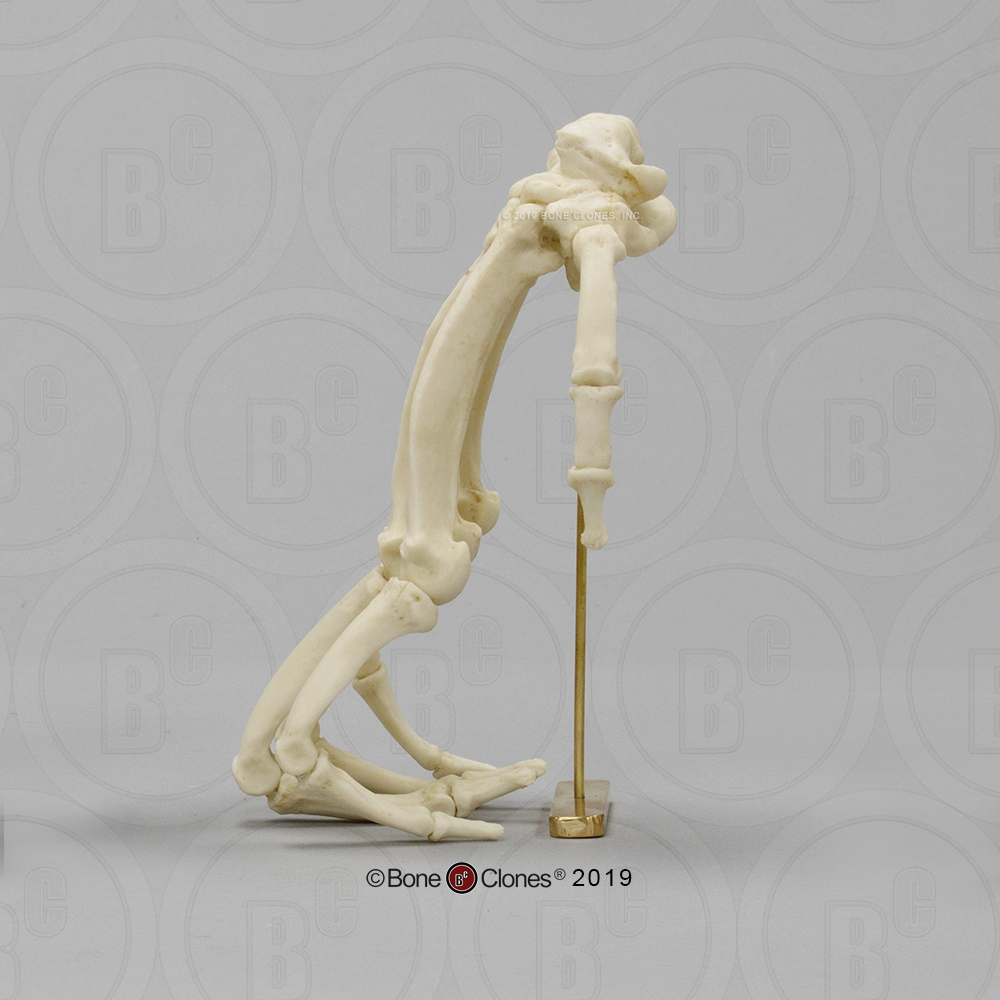
Comparative studies of any other primate tissue have been limited to using post-mortem (typically frozen) materials, thereby precluding most experimental manipulation and yielding primarily observational insights (see, e.g., Blekhman et al., 2008 Blekhman et al. In spite of their clear potential to inform our understanding of both human evolution and disease, practical and ethical concerns surrounding working with non-human primates have constrained the field to using a limited set of cell types collected in a non-invasive or minimally invasive manner, primarily lymphoblastoid cell lines (LCLs) and fibroblasts. In the future, this resource could help researchers to identify further differences in gene regulation between closely related primate species.Ĭomparative functional genomic studies of humans and other primates have been consistently hindered by a lack of samples ( Gallego Romero et al., 2012). These newly created chimpanzee iPSC lines represent a valuable resource for comparative studies of gene regulation. For example, over 4500 genes were found to be expressed differently in human and chimpanzee iPSCs, and over 3500 genomic regions had different patterns of certain DNA modifications that can help to regulate gene expression. to discover many subtle differences in gene regulation between chimpanzees and humans. This high level of similarity between iPSCs from different individuals of the same species allowed Gallego Romero, Pavlovic et al. Similar results were also observed for the human iSPCs, which likely reflects the conserved changes that take place when the genomes of mature cells are reprogrammed to pluripotency. The chimpanzee iPSC lines were found to be much more similar to each other than the mature cells that were used to make them. These cell lines were then analysed and compared to each other and to seven iPSC lines created from human cells.
Chimpanzee hand x ray skin#
have now addressed this problem by creating iPSCs from skin cells taken from seven healthy chimpanzees. But it is more difficult to establish high quality iPSCs from chimpanzees than it is from humans or mice. This state-called ‘induced pluripotency’-allows the cells to be coaxed into becoming many different cell types that can be grown in the laboratory. IPSCs are created by exposing mature cells-for example, skin cells-to conditions and molecules that convert them into an embryonic-like state. One way around this problem is to use induced pluripotent stem cells (or iPSCs). However, only a few kinds of chimpanzee cell that can be grown in the laboratory are available for research this lack of samples has limited the ability of researchers to perform such comparative studies. It is therefore likely that differing patterns of gene regulation underlie many of the differences observed between the two species.

The genomes of humans and chimpanzees are very similar in sequence. Such comparative studies can also reveal how genomes are modified in species-specific ways to regulate gene activity.


The low within-species regulatory variation in iPSCs allowed us to identify many novel inter-species regulatory differences of small magnitude.Ĭomparing the genomes of different species can reveal how they are related to one another. We observe much less within-species variation in iPSCs than in somatic cells, indicating the reprogramming process erases many inter-individual differences. To demonstrate the utility of comparative iPSC panels, we collected RNA-sequencing and DNA methylation data from the chimpanzee iPSCs and the corresponding fibroblast lines, as well as from 7 human iPSCs and their source lines, which encompass multiple populations and cell types. To facilitate this, we generated a panel of 7 fully characterized chimpanzee induced pluripotent stem cell (iPSC) lines derived from healthy donors.

In order to gain better insight into the genetic processes that underlie variation in complex phenotypes in primates, we must have access to faithful model systems for a wide range of cell types. Comparative genomics studies in primates are restricted due to our limited access to samples.


 0 kommentar(er)
0 kommentar(er)
